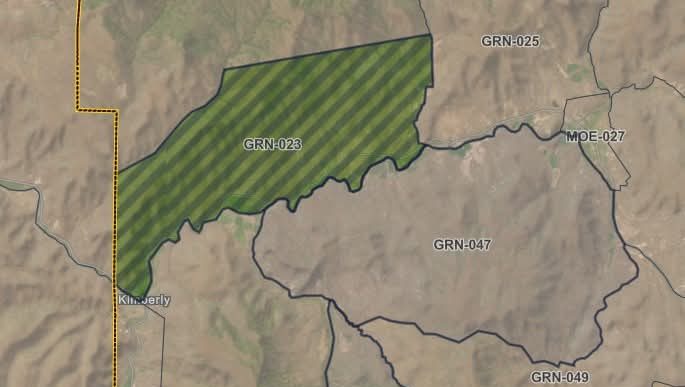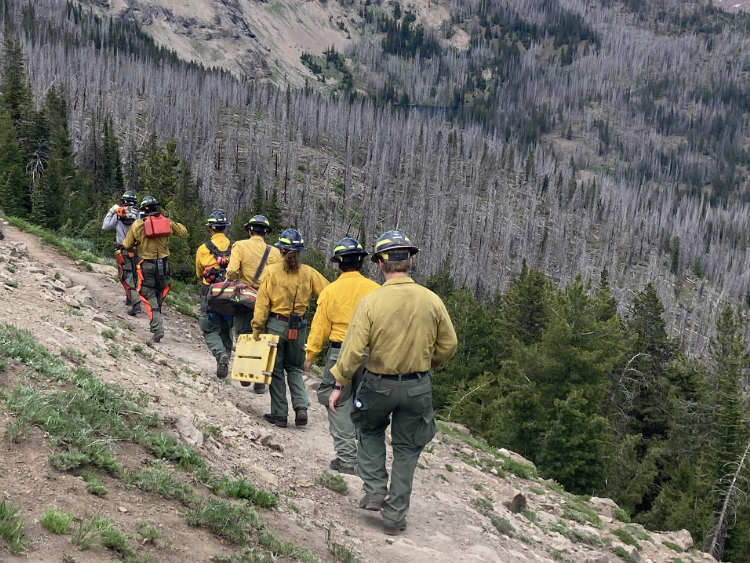History lesson: Two programs examine Basque era, Chinese massacre
Published 5:00 pm Tuesday, September 16, 2008
CANYON CITY – Two fascinating aspects of Eastern Oregon’s early history – the Snake River Chinese Massacre and Basque sheepherders – will be featured in programs next week at the Canyon City Community Hall.
Trending
“The Snake River Chinese Massacre” program, at 7 p.m. Tuesday, Sept. 23, will examine the 1887 murders of 34 Chinese gold miners by seven horse thieves at a remote bend in the Snake River in Wallowa County, the subsequent trial, and the outcome for those responsible for the crime.
Oregon author and historian R. Gregory Nokes, who has written extensively about the incident, will present the program. He will give a slide show with photos and will also discuss present day political controversy over designation of the historic site.
The second program, at 7 p.m. Friday, Sept. 26, will focus on the period a century ago when vast herds of sheep roamed across Eastern Oregon and were tended largely by Basque sheepherders from northern Spain and southern France.
Trending
These nomadic sheepmen left a legacy in Eastern Oregon, known as the “Basque era,” with reminders of this culture still with us today, from Basque hotels and restaurants to tree-carvings and spicy chorizo sausages.
“Basque Herders – The End of an Era” will be presented by Kent McAdoo, a natural resources officer with the University of Nevada Cooperative Extension Service. An engaging presenter, McAdoo lived and worked with Basque herders for 13 months in the early 1970s.
“Sheep numbered in the millions in the eastern half of Oregon at the turn of the last century, and the numbers of Basque herders in the West have roughly mirrored sheep numbers through the years,” McAdoo said. “Numbers have continued to decline, and it is hard to find a Basque herder today.”
Both programs are free and all ages are welcome.
The programs are sponsored by Libraries of Eastern Oregon (LEO) and funded by the Institute of Museum and Library Services for LEO’s “A Sense of Place” series in the arts, sciences and humanities for rural communities in the region.
The Institute of Museum and Library Services is the primary source of federal support for the nation’s 122,000 libraries and 17,500 museums. The Institute’s mission is to create strong libraries and museums that connect people to information and ideas.









